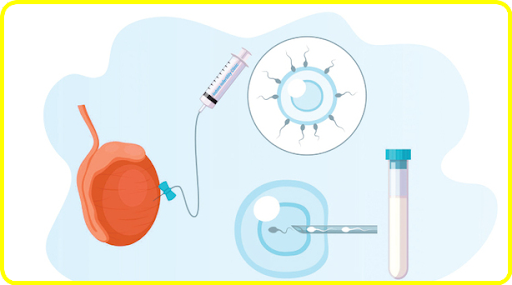Back Pain: Diagnosis and Treatment Options
Your hectic schedule makes your persisting back pain take a toll on your life. It not only makes you feel locked out of your life but also makes it challenging for you to enjoy your life and spend quality time with your loved ones. Persisting back pain not only interferes with your social life but also with your ability to do anything. This constant pain and other symptoms can be caused by a variety of factors. In some cases, the progressive back pain worsens to the point where the individual is unable to move. The doctor uses various methods apart from the physical examination to diagnose the root cause of the problem and provide treatment accordingly. Understanding the cause of the problem is key to moving beyond the back pain and getting effective treatment to kick the pain from your life.
According to the WHO reports, 23% of the world’s adults suffer from chronic low back pain, and if we talk about India, 42–45% of people suffer from lower back pain, and among them, 8% of people live with a disability because of lower back pain. So, back pain is no longer a stranger for people.
In daily life, various reasons at some point or other cause the symptoms of back pain, such as improper lifting practices, workplace injuries, sports activity injuries, and travelling injuries. However, these types of pain can fade away, but they can also develop into chronic back pain issues. Some conditions, such as spinal alignment, spinal arthritis, spondylolisthesis, spinal stenosis, musculoskeletal irregularities, etc., cause a severe level of the problem and don’t fade away themselves.
To properly diagnose the problem, the doctor employs a variety of diagnostic methods.
In this blog, we are going to discuss the reasons for back pain and the methodologies that can help in the diagnosis of the problem.
Content
- Causes of back pain
- Different diagnostic methodologies for back pain diagnosis
- Conclusion
Causes of the back pain
Not every cause of back pain is the same. Sometimes pain occurs without any reason. Here are some conditions that are related to back pain:
Soft tissue injuries
Heavy and improper lifting practices, as well as any awkward movement, can put a strain on the soft tissues of the back, including the muscles and ligaments, as well as the spinal cord. But in some cases, the repetitive and constant strain on the back can cause muscle spasms. Apart from the strain, you may experience spinal ligament tears and over-stretching of the soft tissues.
Rupture of the discs
In the spinal cord, the discs contain soft material and act as cushions between the bones in the spine. But sometimes, because of unavoidable conditions, the soft material inside the disc ruptures and presses on a nerve. However, the rupture of soft material does not always result in back pain.
Arthritis
Arthritis is a condition that narrows the space around the spinal cord and causes a condition such as spinal stenosis.
Osteoporosis
It is a condition in which the bones become breakable and spongy. Because of the problem in the bones, the vertebrae of the spine develop painful breaks.
Herniated disk
When an intervertebral disc becomes weak, it has the potential to rupture and shift out of place. It is called a herniated disk. The problem of the herniated disc is that it allows the disc to press against the spinal nerves and cause a severe level of pain in the back.
Spinal abnormalities
There are various kinds of spinal abnormalities, such as scoliosis. It turns the spine’s curve to one side and causes back pain.
Apart from these, infection in the bone of the spine develops and causes a severe level of back pain.
The imaging scan might be what your doctor orders to diagnose the back pain.
X-ray lumbar spine:
Compared to the CT scan and MRI, the X-ray diagnostic procedure is less effective. It uses electromagnetic waves to produce pictures and identify fractures, scoliosis, etc.
CT scan of the lumbar spine:
A CT (computed tomography) lumbar spine scan is an imaging methodology that uses x-ray radiation to show the abnormalities that cause back pain. When a doctor suspects that the source of your back pain is a problem with the bone in your spinal cord, it is usually recommended to the patient. CT scans excel at identifying problems such as scoliosis, spinal stenosis, spinal fractures, tumors, and herniated disks.
MRI scan of the lumbar spine:
An MRI (Magnetic resonance imaging) lumbar spine scan is an advanced imaging methodology that uses a strong magnet and radio waves to create a picture of the bone and soft tissues of the spinal cord and diagnose various kinds of problems such as tumours, spinal infections, and spinal compression. It is usually recommended when a doctor suspects that you have a traumatic injury or disc disease.
Final Conclusion
Whenever you experience pain in your back and go to the doctor for treatment, the doctor recommends different diagnostic procedures to know the exact cause of the pain in your back. The exact diagnosis of the problem helps in the proper treatment. So, if you have aches and pains in your back, consult your doctor to determine the source of the problem and treat it as soon as possible.







